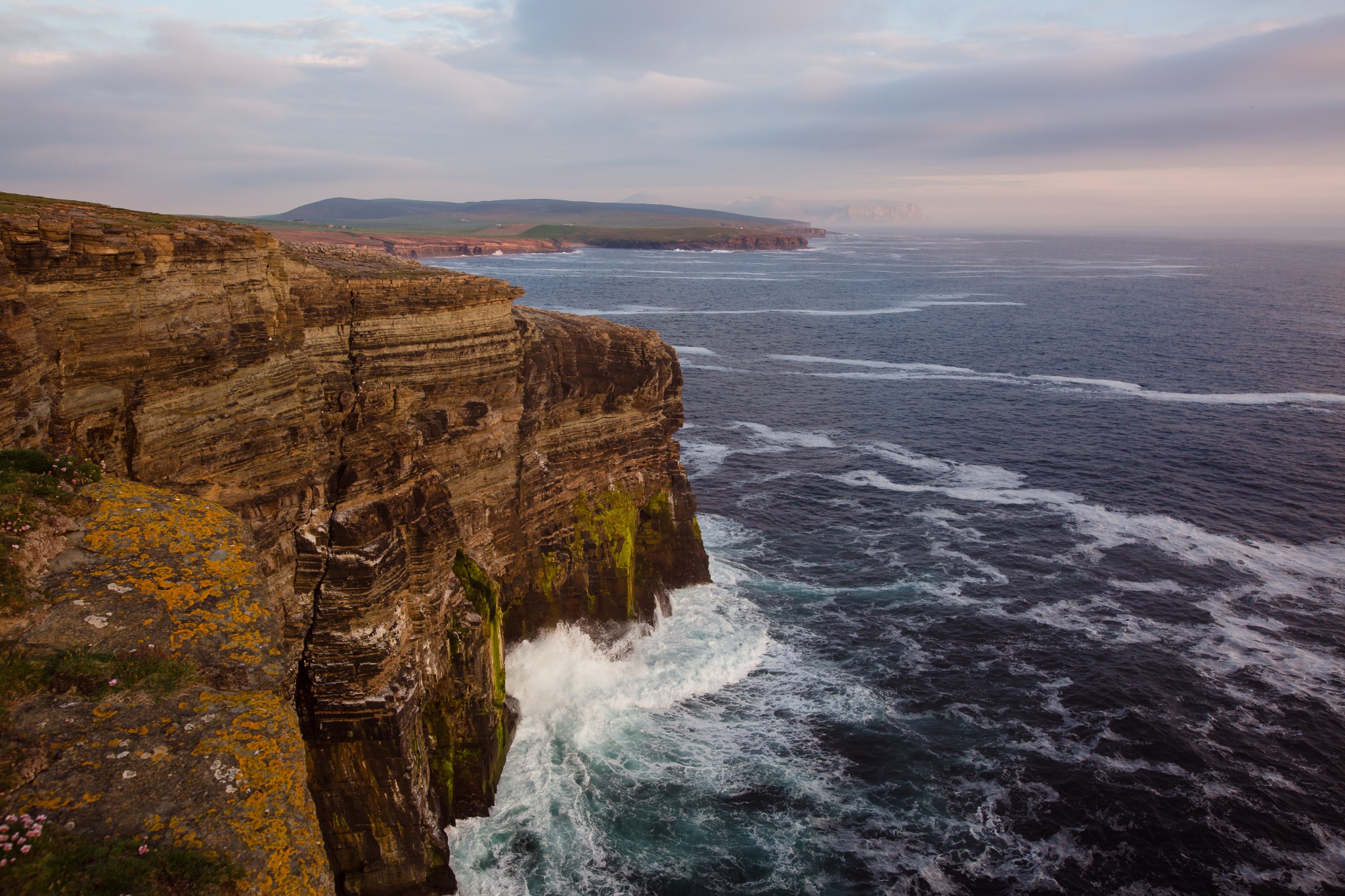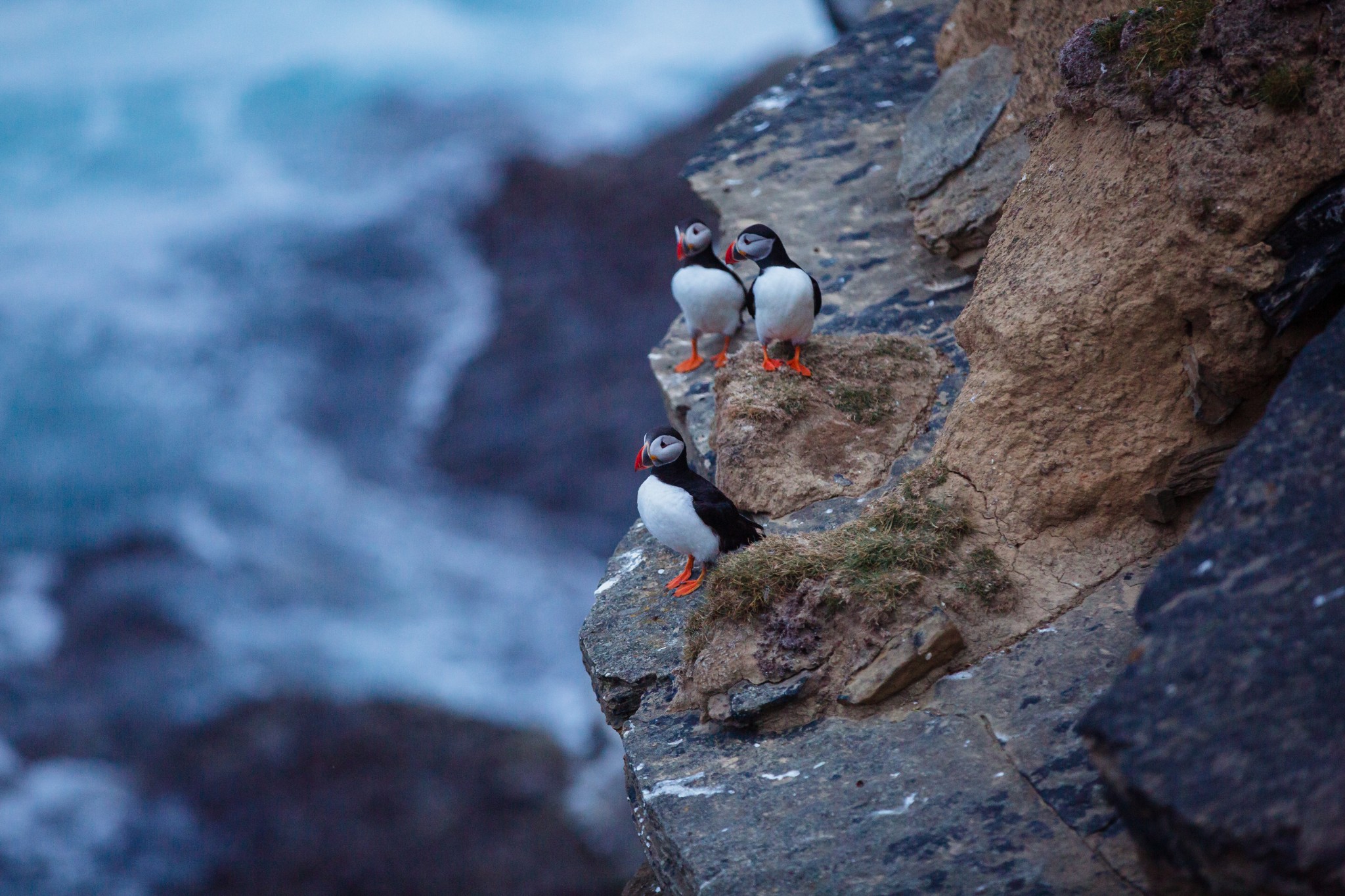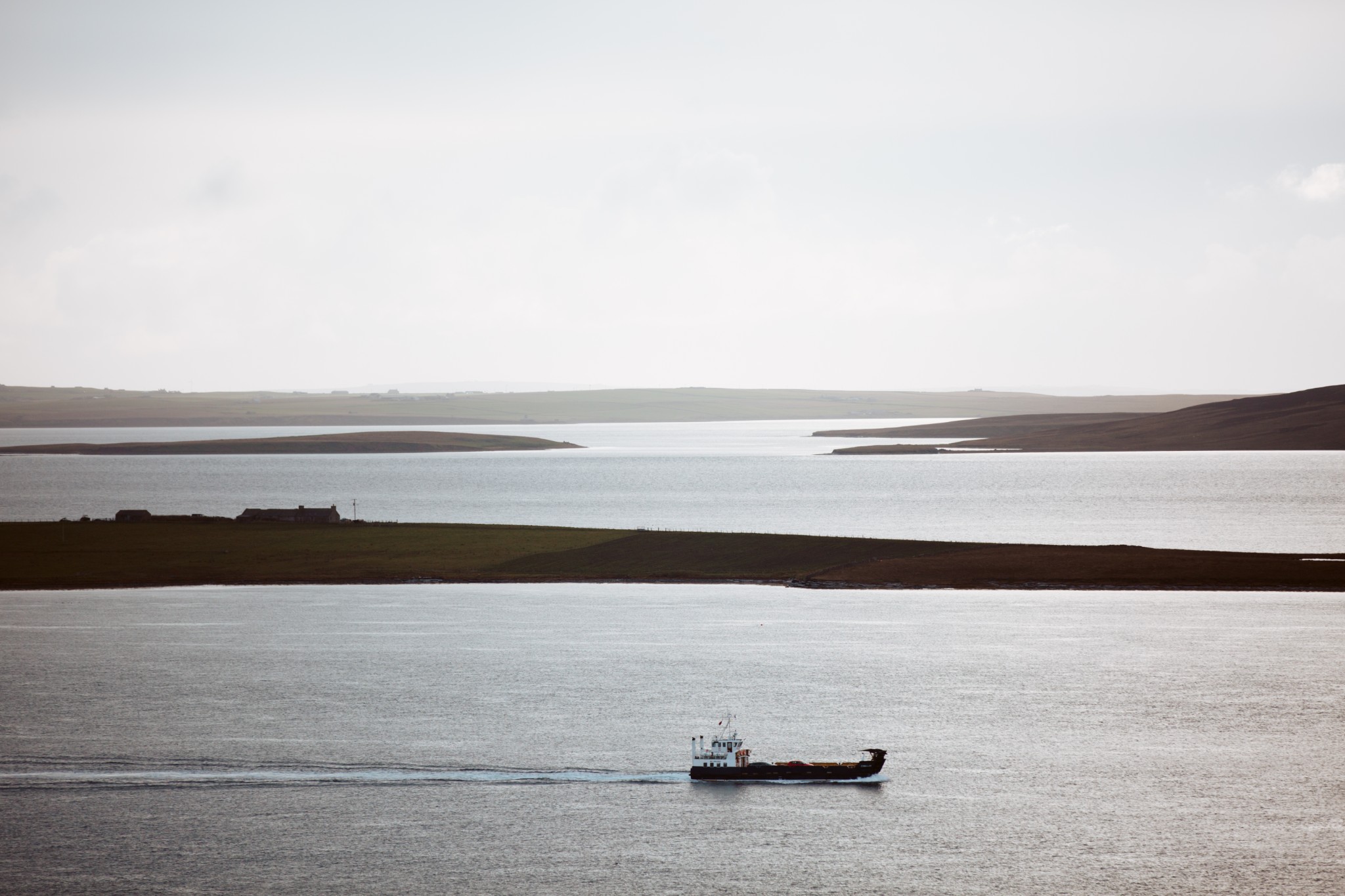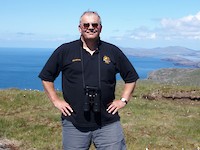The box map makers often use to fit Orkney on the page is 2,000 square miles, of which fewer than 400 are land.
Stretching the box west, to include the rocky, uninhabited outliers, Sule Stack and Sule Skerry, it becomes 4,000 square miles. So Orkney is 90% sea.
I like the name Sea Kingdom but that is usually reserved for The Lordship of the Isles, out west, so I thought Sea Earldom might fit for Orkney. Earl Sigurd was the first Orkney earl in about 892. There was Earl (later Saint) Magnus of course and the title is held today by Peter St John, a retired political scientist and Scottish peer who lives in Canada.

The ocean is our life-blood. The seas around Orkney are still among the cleanest in the world but are threatened by all the things we have learned to fear in the 21st century: acidification, warming, oil, industrial chemicals, heavy metals, plastics and over fishing.
The Orkney sea is not entirely our own, it is contiguous with neighbouring seas. Anything that happens in the North Sea, the Atlantic or even further afield can affect us, we need to be vigilant. There is plastic on our beaches and the occasional oiled seabird. A metre of nylon rope made up of 50 strands would produce 50,000 1mm particles of plastic if left in the wild to be degraded by sunlight and wave action. It may take 1,000 years but we should be thinking that far ahead if we want to carry on living here. These are just a few of the threats but you’ve heard them all before and, in this article, I want to look on the bright side.
Two marine protection areas (MPA) have been created in Orkney. In 2014 the Joint National Conservation Committee approved the establishment of two patches of Orkney’s waters as MPAs. First, the larger of the two areas covers about 1,700 square miles around the north and west of Orkney. It is called, unsurprisingly, the north-west Orkney MPA. For me, the delightful and encouraging thing about this designation is not that the patch of sea is swarming with killer whales, a key breeding ground for seals or a place to watch puffins, gannets and colourful ducks; but that it is a breeding ground for sand eels.

Conservationists have been banging on for decades about the importance of sand eels in ocean food chains, principally as food for diving seabirds. Whole colonies of puffins, terns and kittiwakes have crashed through food shortage, often due to over-fishing of sand eels. Now we have some protection for them. The sand eel larvae hatched off Orkney will travel on ocean currents to Shetland in the north and the Moray Firth in the south. Orkney will be a re-supply base for these populations which will benefit those seabird colonies further afield. We should salute those dedicated marine biologists who spent countless hours, cold and wet, out on boats gathering the evidence, and the people in suits in committee rooms who made it happen.
The second Orkney MPA is smaller and tucked in between islands. The Rousay and Wyre Sounds MPA is just a couple of square miles in the narrow but fast moving tidal streams between the islands of Rousay, Wyre and Egilsay.

In Rousay and Wyre Sounds there are rich maerl beds and seaweed forests. Maerl is a group of coral-like seaweed species growing, unattached on the seabed. Within this protection live peacock worms, sponges, small fish and shrimps – all protected from the current. Gobies and crabs hunt there and are themselves rich pickings for larger fish and diving seabirds.
Other seaweeds attach to the maerl. Blue-rayed limpets and topshells graze the algal slime that develops on the fronds. The calcium carbonate within the maerl skeleton erodes and washes up to support the shelly beach which, in turn, supports the fabulous grassland, known as links in Orkney but more famously as machair elsewhere. The links /machair can host up to 500 different species of flowering plant, depending on the exact nature of the soil and its microclimate.
This evening I watched a great skua (bonxie) fly over the house. It had finished its piracy for the day and was heading home to roost on the moor. Fulmars were patrolling the cliffs and eider ducks called from the shallows. A few gulls bathed where the burn runs out to the sea, watched by the oystercatchers. The puffins are back on the cliffs, as are the guillemots, razorbills and kittiwakes. I’m writing this from lockdown in May 2020. Goldeneye and long-tailed ducks are waiting patiently on the Peedie Sea for the wind to shift out of the north so they can be off to breed in the Arctic. They may be feeling locked down, like me, but nature is largely free from Covid-19.
Let’s try to keep it free from ocean warming – and the other things that threaten it.
The Scottish Seabird Centre is a research, conservation and education based charity based in North Berwick. Visit the official website to find out more.
 Richard writes regularly for Scottish Islands Explorer and Living Orkney magazines. His first book: 'Scotland’s Islands – A Special Kind of Freedom' was published in 2014. 'Orkney – A Special Place' appeared in 2017 and look out for 'Orkney – A Special Way of Life' coming in 2020. The books are published by Luath Press, Edinburgh.
Richard writes regularly for Scottish Islands Explorer and Living Orkney magazines. His first book: 'Scotland’s Islands – A Special Kind of Freedom' was published in 2014. 'Orkney – A Special Place' appeared in 2017 and look out for 'Orkney – A Special Way of Life' coming in 2020. The books are published by Luath Press, Edinburgh.
The Promoting Orkney project has been part financed by the Scottish Government and the European Community Orkney LEADER 2014-2020